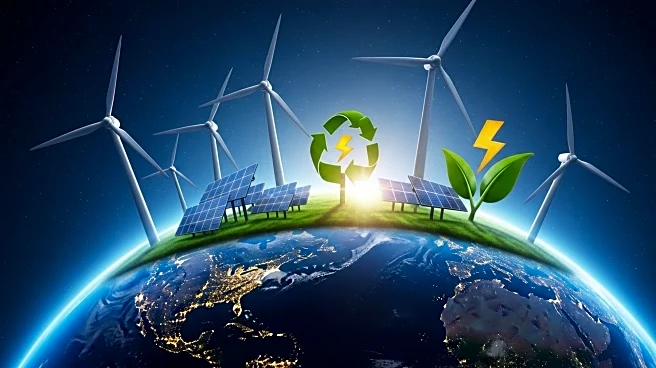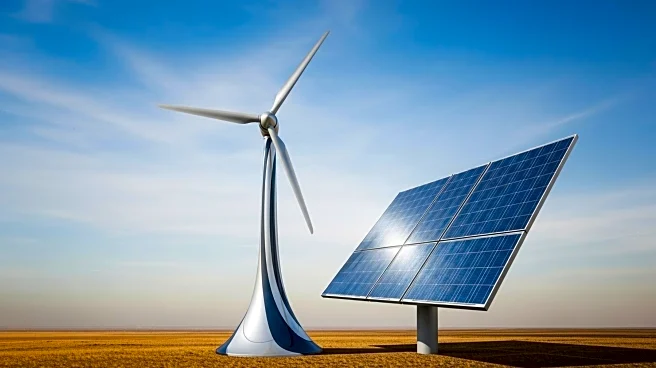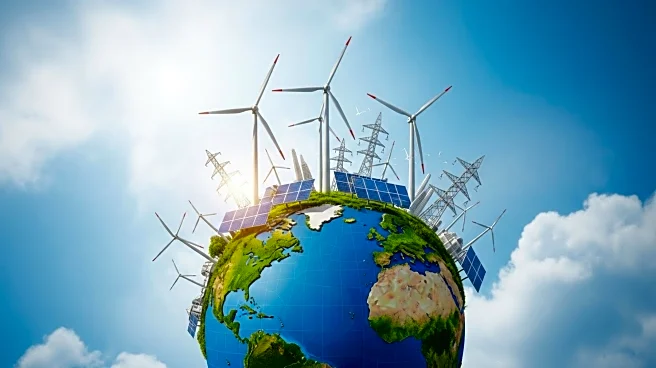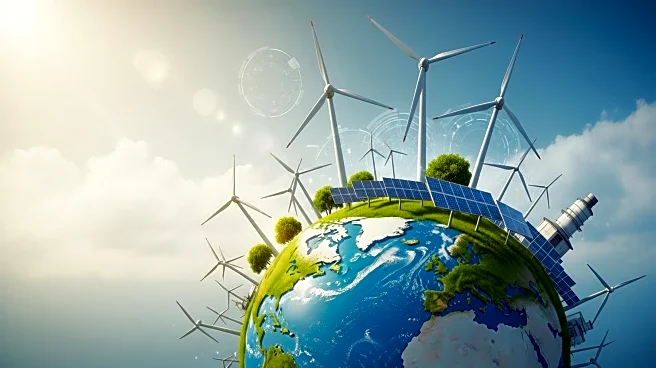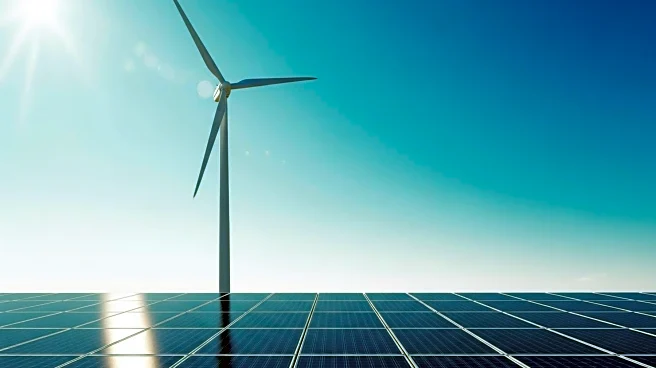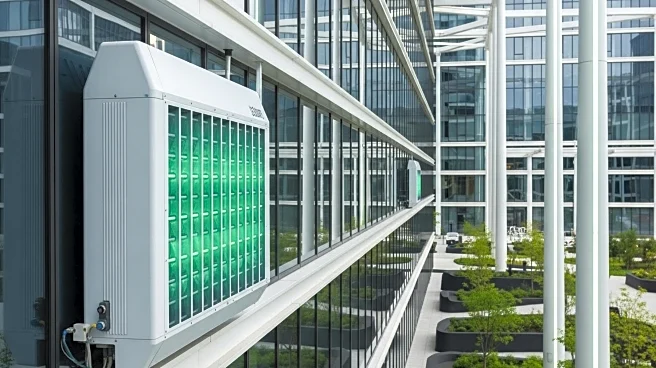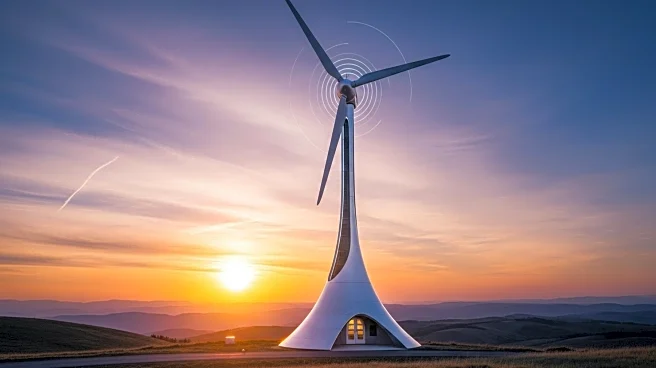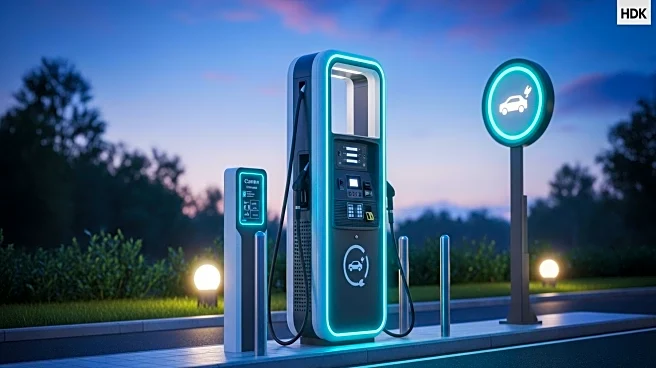What's Happening?
Hawaiian Electric has announced a significant achievement in renewable energy, reaching 1 gigawatt of installed rooftop solar power capacity. This milestone highlights Hawaii's leadership in solar adoption, with 44% of single-family homes on Oahu now equipped with solar panels. The initiative is part of Hawaii's broader strategy to reduce reliance on imported fossil fuels, which currently power about 65% of the state's grid. The high cost of electricity, at over 42 cents per kilowatt-hour, makes solar an attractive option for residents. The Ulupono Initiative, a local impact investing firm, emphasized the scale of this achievement, noting that the combined solar capacity is significantly larger than any other renewable project in the state.
Why It's Important?
This development is crucial for Hawaii's energy independence and environmental goals. By increasing solar capacity, the state reduces its dependence on costly and polluting fossil fuels, aligning with its mandate to achieve 100% clean energy by 2045. The expansion of rooftop solar not only supports environmental sustainability but also enhances grid resiliency, providing backup power during outages and reducing peak demand. This shift is expected to lower energy costs for residents and decrease the need for expensive peaker plants, which are typically used during high demand periods.
What's Next?
Hawaiian Electric plans to continue expanding its renewable energy projects, focusing on solar and biofuels. The state will likely see further investments in energy storage solutions to complement solar power, enhancing grid stability and reliability. As Hawaii progresses towards its clean energy goals, other states may look to its model for insights into integrating renewable energy at scale.

